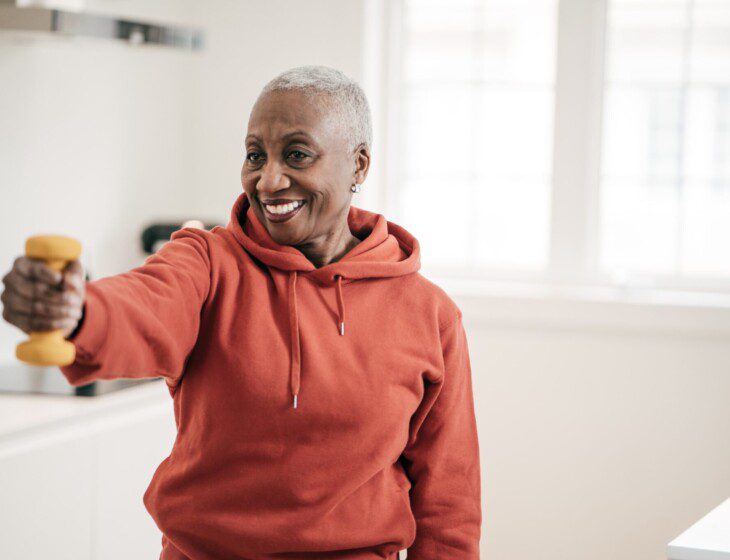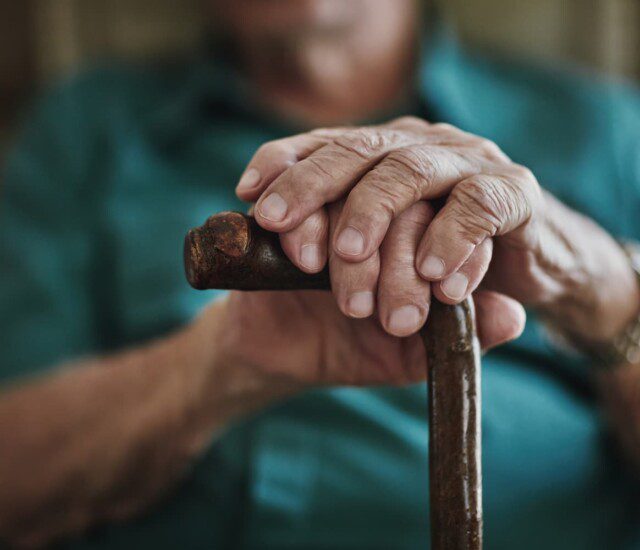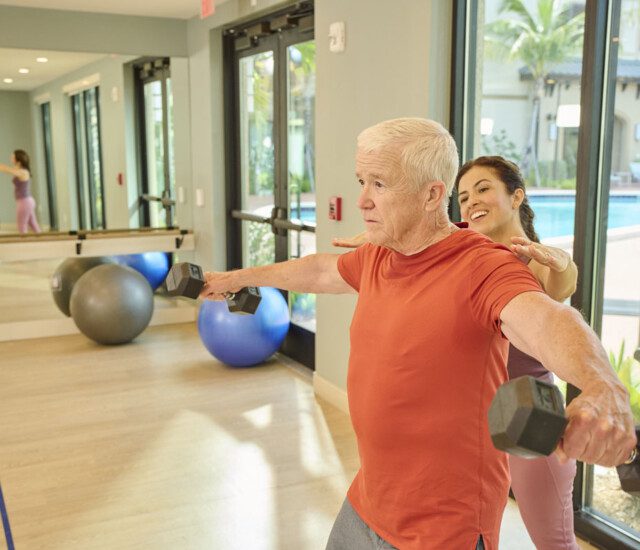Occupational therapy (OT) and physical therapy (PT) are both rehabilitative sciences that can help seniors live as active and healthy lives as possible. While OT and PT share many similarities, they have distinct approaches that can greatly impact recovery and independence for older adults. Understanding these differences and similarities can help you determine which therapy best suits you or your loved one’s needs, whether you’re managing arthritis, recovering from surgery, or improving Activities of Daily Living (ADLs). Here’s what you need to know when discussing OT and PT with a doctor.
Occupational Therapy or Physical Therapy Finding the Right Fit for Your Recovery
The most fundamental difference between occupational therapy and physical therapy lies in their focus. Occupational therapy is centered on improving a person’s ability to perform specific daily living activities—such as getting dressed, cooking, or bathing—after an injury or surgery. Alternatively, physical therapy focuses on restoring general movement, strength, and mobility while addressing the underlying physical issues that limit one’s ability to move freely.
If you’re considering moving to senior living and are curious about the types of on-site health services available, knowing the nuances of PT and OT can help you choose a community equipped to handle your needs—present or future.
Common Conditions in Seniors That Benefit From OT and PT
Older adults facing various health challenges can benefit immensely from occupational therapy and physical therapy. Arthritis, post-surgical rehabilitation (e.g., knee or hip replacements), stroke recovery, and fall prevention are common conditions that often require OT or PT to improve a senior’s independence and overall quality of life.
Why Choose Occupational Therapy for Seniors?
Occupational therapy offers essential support for seniors facing conditions like arthritis, stroke recovery, and post-surgical rehabilitation.
- Arthritis Management. OT teaches joint protection techniques and how to use adaptive tools like jar openers or custom grips.
- Stroke Recovery. OT focuses on motor skills improvement and cognitive function recovery by adapting daily activities to regain independence.
- Post-Surgical Rehabilitation:. Seniors recovering from joint replacements often benefit from OT for daily living activity adaptations and the use of assistive tools.
Why Choose Physical Therapy for Seniors?
Physical therapy is critical for improving mobility, strength, and overall physical function in seniors.
- Mobility and Strength. PT helps improve strength, balance, and overall mobility, which is essential after surgeries or injuries.
- Pain Management. PT includes exercises to alleviate symptoms of chronic conditions like arthritis.
- Fall Prevention. PT helps strengthen muscles, which can be crucial for reducing the risk of falls—a common issue for seniors.
How OT and PT Can Improve Quality of Life for Older Adults
Both OT and PT can be highly advantageous for seniors wishing to maintain their independence and mobility. By improving physical function, both therapies contribute to seniors’ ability to continue enjoying the activities they love.
Occupational therapyfocuses on modifying the setting or the activity to ensure seniors can carry out essential tasks safely. Meanwhile, physical therapy aims to restore physical abilities, build strength, and improve movement patterns so seniors can move confidently and pain-free.
Similarities Between Occupational Therapy and Physical Therapy
Occupational therapy and physical therapy for seniors are both designed to help adults recover from injury, surgery, or illness faster and more effectively. The way an occupational or physical therapist evaluates a patient’s condition and planning treatment can also be similar due to the shared goal of helping individuals thrive in their day-to-day activities.
According to the American Occupational Therapy Association (AOTA), occupational therapy services involve an individualized evaluation, customized intervention, and an outcomes evaluation to ensure therapy goals are being met. Physical therapy follows a similar structure but places a primary emphasis on restoring movement and mobility.
Differences Between Physical and Occupational Therapy
While OT and PT share goals of recovery and improved quality of life, their approaches to treatment differ notably.
- OT is about adapting, modifying, or changing activities to enable seniors to live more independently. This can involve reorganizing a kitchen for easier access, or suggesting ergonomic tools for cooking.
- Physical therapy emphasizes strengthening key muscle groups to restore overall mobility. If seniors are dealing with specific injuries or surgeries, PT helps build strength and reduce pain, allowing them to regain confidence in their physical abilities.
| Feature | Occupational Therapy (OT) | Physical Therapy (PT) |
|---|---|---|
| Focus | Improving ability to perform daily activities | Restoring movement, strength, and mobility |
| Primary Goal | Help regain independence in specific activities | Increase overall movement and physical function |
| Common Conditions Treated | Arthritis, stroke recovery, post-surgical rehabilitation | Post-surgical recovery, balance deficits, chronic pain |
| Emphasis | Adapting tasks and living spaces for independence | Strengthening muscles and improving mobility |
OT vs PT: Which Is Right for You?
The choice between occupational therapy and physical therapy depends on your personal goals and needs. Occupational therapy is best for regaining independence in daily tasks, while physical therapy focuses on improving overall movement and strength. Many seniors benefit from a combination of both therapies, as they work together to enhance independence and mobility. Consulting with your physician to determine which therapy—or combination—is right for you.
Enjoy On-Site Physical and Occupational Therapy Services for Seniors at Harbour’s Edge
At Harbour’s Edge, a luxury senior living community situated on the Intracoastal Waterway, our residents are on the go and love to get outside whenever possible. Our five-star Health Care Center consists of physicians, nurses, and therapists dedicated to keeping you active. By incorporating these therapies into your lifestyle, you can maintain your independence, pursue your passions, and continue to enjoy the finer things.
If you’d like to get more information on the therapy programs at Harbour’s Edge or any of our related Health Services, fill out the form below or call us at 561-272-7979.


